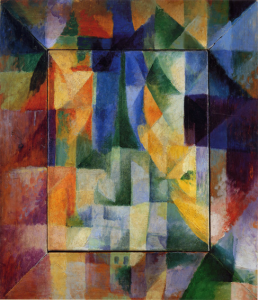While the form and the organization of a proposal are matters of taste, you should choose your form bearing in mind that every proposal reader constantly scans for clear answers to three questions:
- What are we going to learn as the result of the proposed project that we do not know now?
- Why is it worth knowing?
- How will we know that the conclusions are valid? (from Przeworski and Salomon, The Art of Writing Proposals ,1-2)
 At the core, all proposals have three principal parts: a main research question, a context that motivates the research question, and a plan to answer the question. The proposal reader is evaluating whether the proposer is asking worthwhile questions in his/her field while demonstrating the ability to enact the plan. Proposers provide evidence for asking good questions by constructing a logical argument where the motivating context leads inevitably to the research question which is clearly addressed by the plan.
At the core, all proposals have three principal parts: a main research question, a context that motivates the research question, and a plan to answer the question. The proposal reader is evaluating whether the proposer is asking worthwhile questions in his/her field while demonstrating the ability to enact the plan. Proposers provide evidence for asking good questions by constructing a logical argument where the motivating context leads inevitably to the research question which is clearly addressed by the plan.
Expert writers accomplish two tasks: they transform their own ideas into texts and then they craft texts to be understood by readers. The second task — crafting text so that it matches the reader’s needs/expectations — is one of the most difficult tasks about writing. Naturally, the success of a proposal depends upon this task: how well can you sell the story of your idea to its potential buyer?
The marketing metaphor is intentional: proposals are sales pitches. The formality of the proposal directly reflects the goodwill and power of the buyer. The less formal, the less stake the buyer has in the outcome. These proposals are generally the ones written for class projects. More formal proposals are written for high-stakes, hence cautious, buyers. These are proposals written for large, career-building projects and grants.
Learning to convince the reader begins with the proposer re-configuring his/her relationship to a research idea. This means you need to be able to look at your proposed work through the reader’s eyes, and this can be tough. Like editing a paper that has just been written, we are rarely objective about our own research ideas and may have mostly “felt” or “intuitive” notions about why a path of research is worth taking. Thus, to get started on writing successful proposals, you need to break those intuitive pieces down and lay them out like tiles — assess what you’ve got and what you need to buy. Then, you will re-build: first, by creating a mock-up, a kind of informal proposal (perhaps the most useful piece of communication in all of academia); and second, by drafting the fully-fledged version itself.
Contents
- Proposals Deconstructed
- The Mock Up: Informal Proposals
- The Final Build: Formal Proposals